Micro Sd Cards With The M5stamps3
About the project
How to use Micro SD cards with the M5Stamp S3
Project info
Difficulty: Moderate
Platforms: M5Stack
Estimated time: 1 hour
License: Creative Commons Attribution-NoDerivs CC BY-ND version 4.0 or later (CC BY-ND 4+)
Items used in this project
Story
Using Micro SD Card Adapters with M5Stack M5Stamp S3
Cheap Micro SD card adapters are available online for adding simple SD card data access. For this guide I will be using this adapter connected over S.P.I.
Micro SD Card Adapter
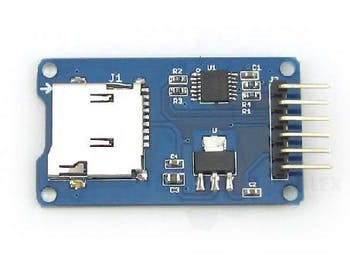
Micro SD Card Adapter
The pinout for the micro SD card adapter is as follows:
Micro SD Card Adapter Pinout
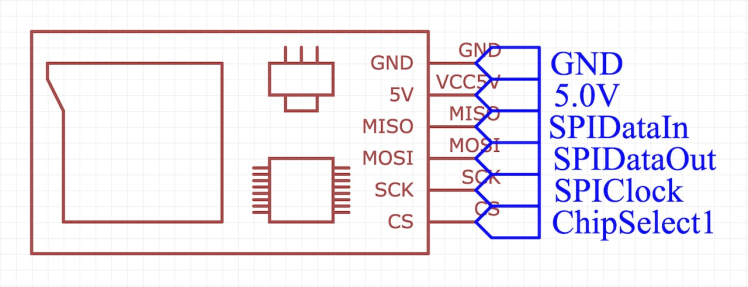
Micro SD Card Adapter Pinout
In order to access the card data we dont need any additional drivers as the functions are built into the core of MicroPython.
In order to use the card adapter, we first need to import the following functions:
import machine
from machine import Pin, SPI, SDCard
import osNext we configure the pins that the SD card adapter is connected to with:
sd = machine.SDCard(slot=2, width=1, cd=None, wp=None, sck=Pin(6), miso=Pin(4), mosi=Pin(5), cs=Pin(7), freq=10000000)And then we try mounting the card adapter with a check:
try:
os.mount(sd, "/sd")
except:
print("Failed to mount SD card”)Using the following sample code from the Micropython documentation pages:
def print_directory(path, tabs = 0):
for file in os.listdir(path):
stats = os.stat(path+"/"+file)
filesize = stats[6]
isdir = stats[0] & 0x4000
if filesize < 1000:
sizestr = str(filesize) + " by"
elif filesize < 1000000:
sizestr = "%0.1f KB" % (filesize/1000)
else:
sizestr = "%0.1f MB" % (filesize/1000000)
prettyprintname = ""
for i in range(tabs):
prettyprintname += " "
prettyprintname += file
if isdir:
prettyprintname += "/"
print('{0:<40} Size: {1:>10}'.format(prettyprintname, sizestr))
# recursively print directory contents
if isdir:
print_directory(path+"/"+file, tabs+1)
print("Files on filesystem:")
print("====================")
print_directory(“/sd")We get a long list of files or which most are hidden in the OS but at the end of the list we find the files we want:
number.txt Size: 6 by
._number.txt Size: 4.1 KB
letters.txt Size: 16 by
._letters.txt Size: 4.1 KBTo access the files we use the following code:
with open('/sd/letters.txt', 'r') as file:
data = file.read()
print(data)Which will show the contents of the file.
In order to write to the card we can use the following code:
with open('/sd/letters.txt', 'w') as file:
file.write("Hello, MicroPython!”)Before we can remove the SD Card from the adapter, the card has to be unmounted with the following code or the files on the card will be corrupted.
os.umount(“/sd")If we put the card back into a computer, we can view the contents of the file we just wrote the message to.
Screenshot of OSX's text editor showing the message written to the file.
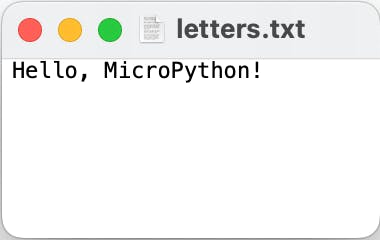
Screenshot of OSX's text editor showing the message written to the file.


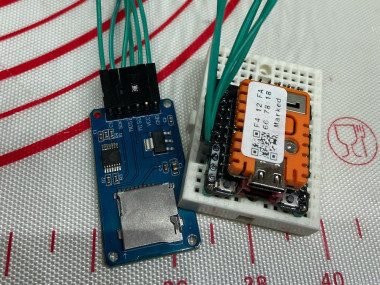




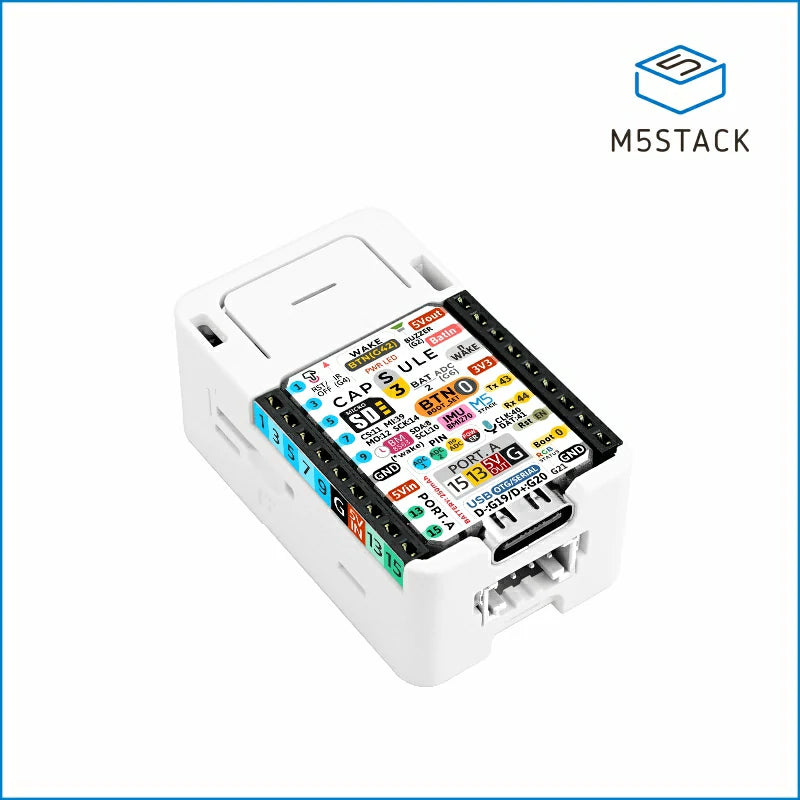
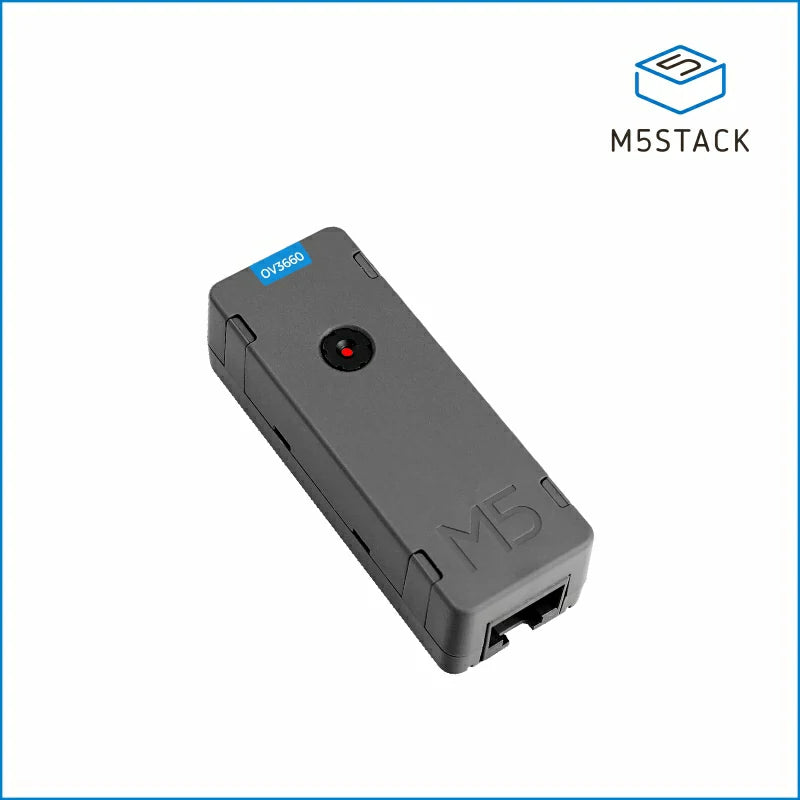
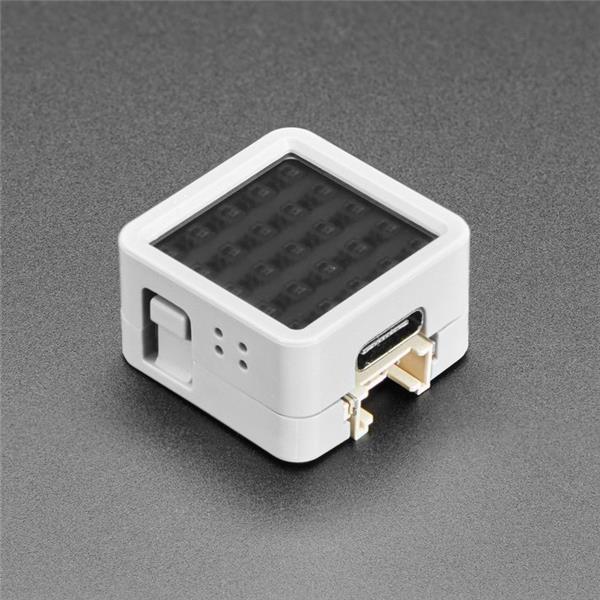
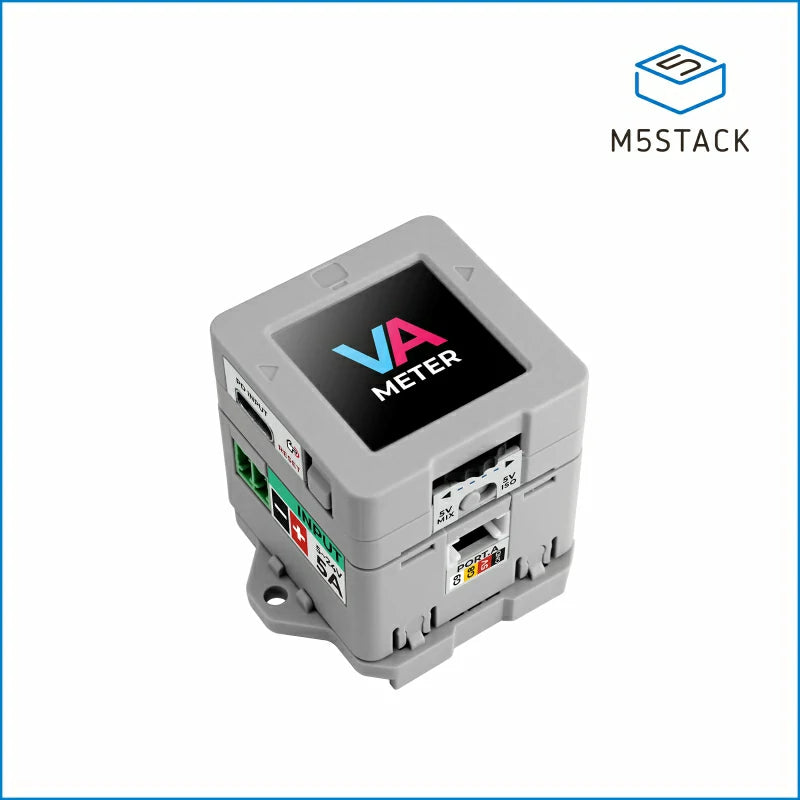
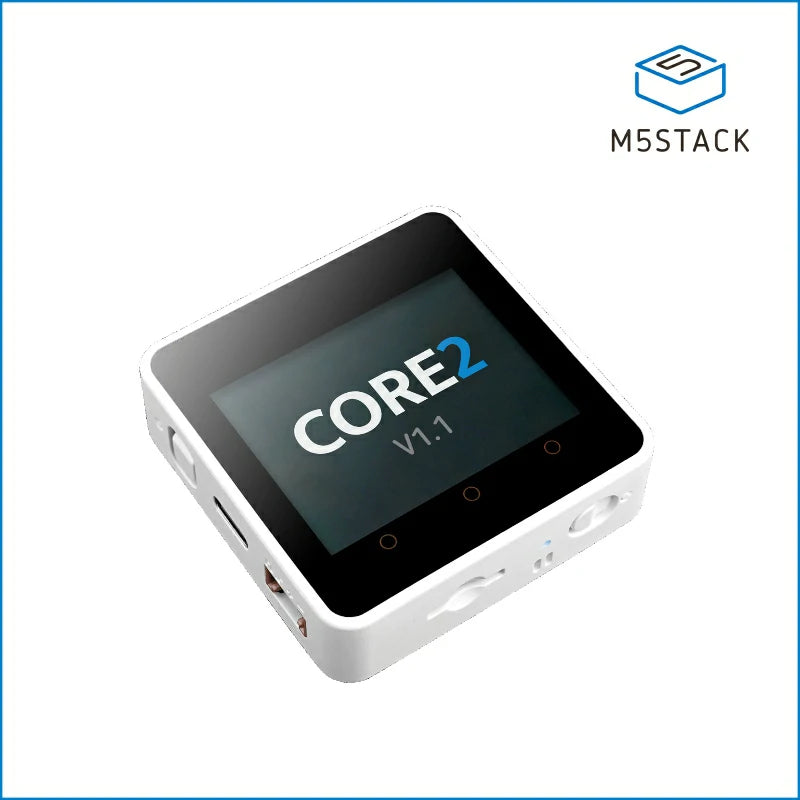
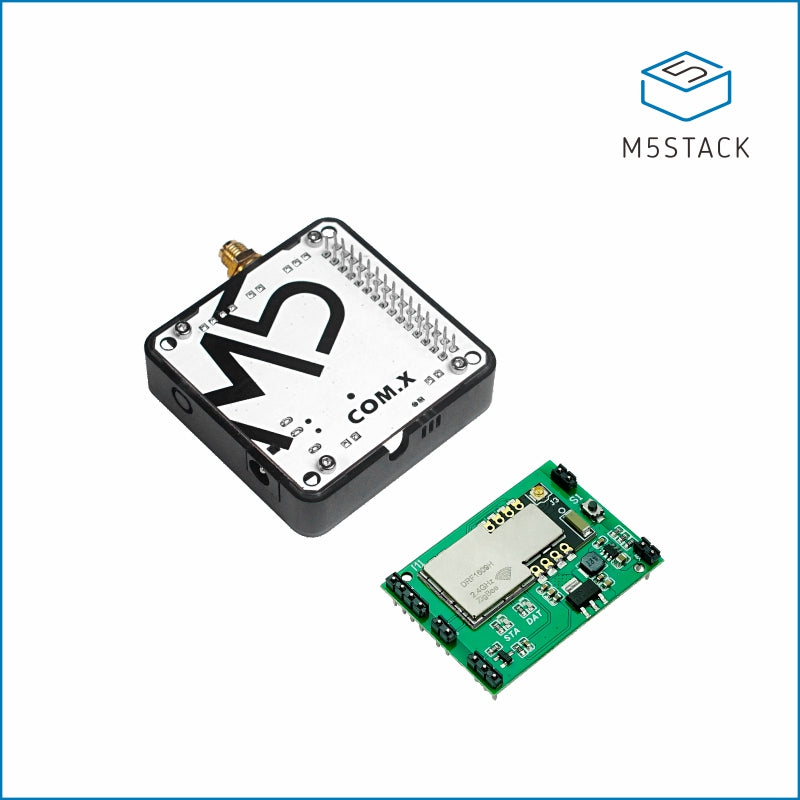
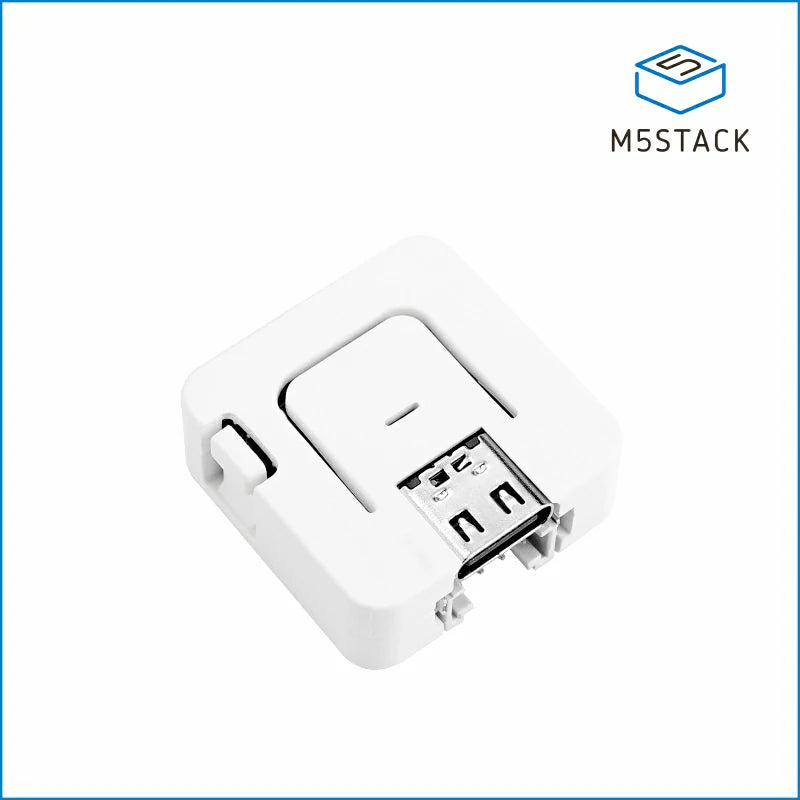
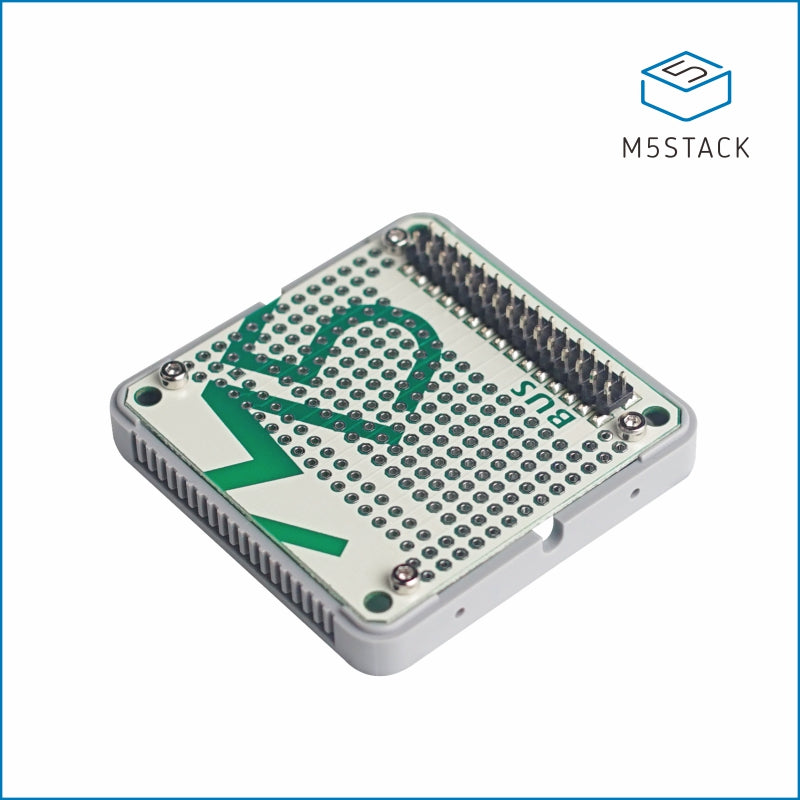
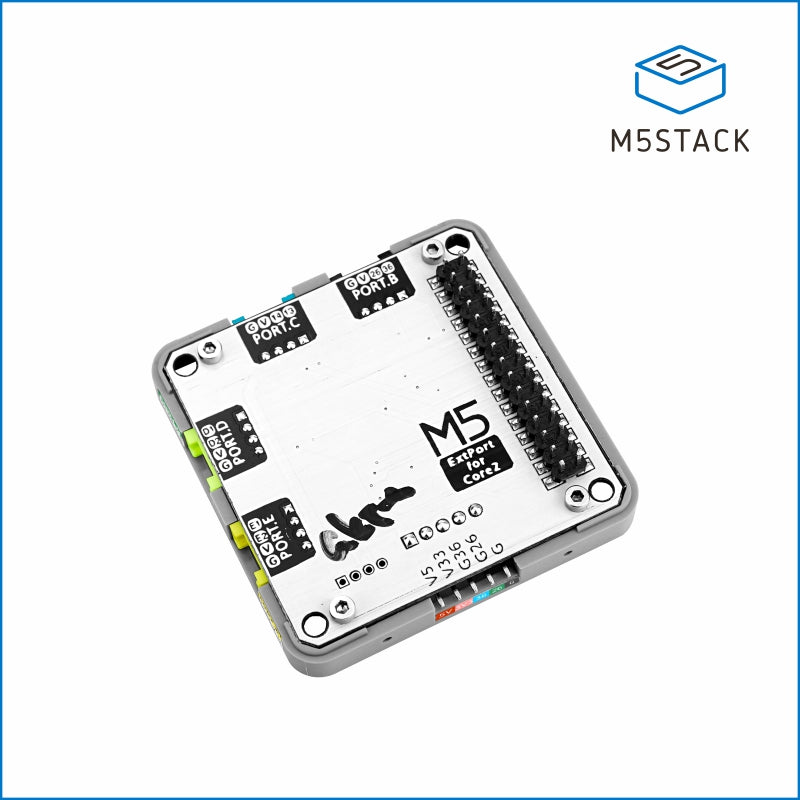

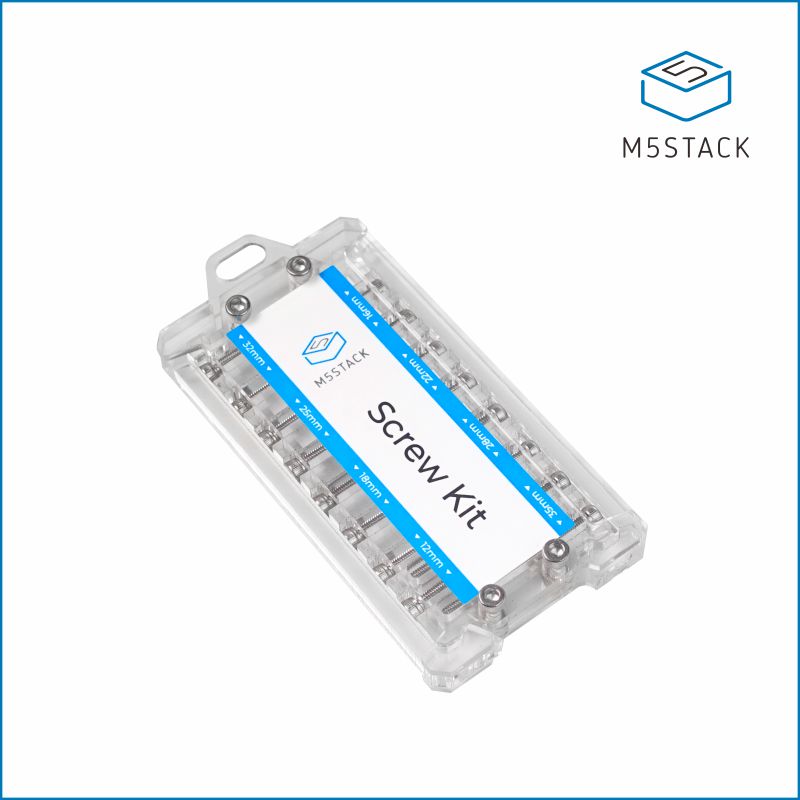
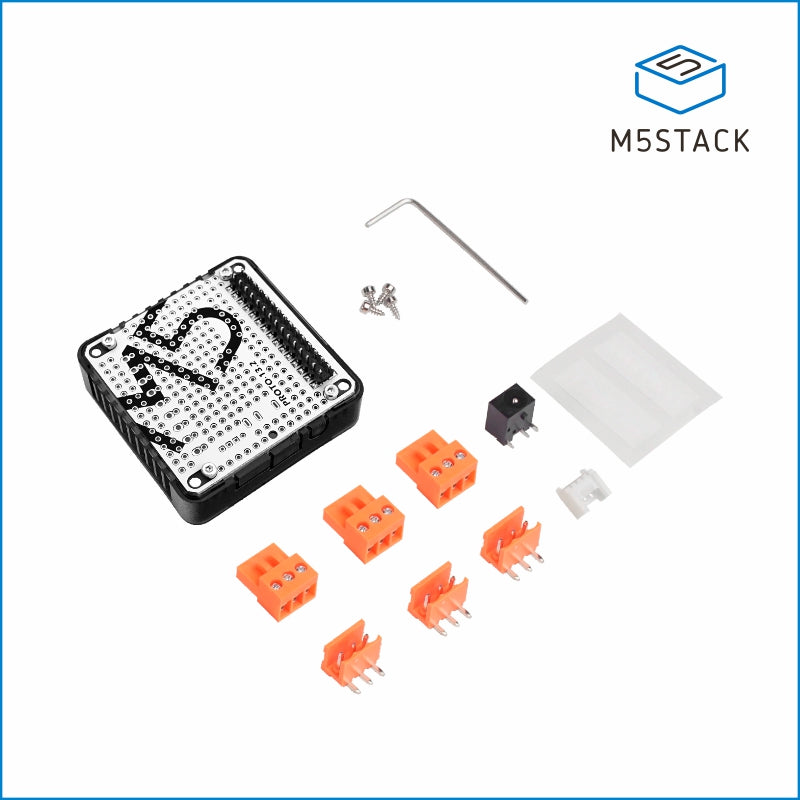
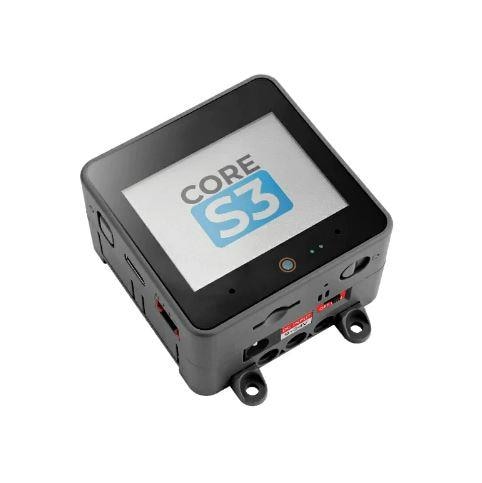
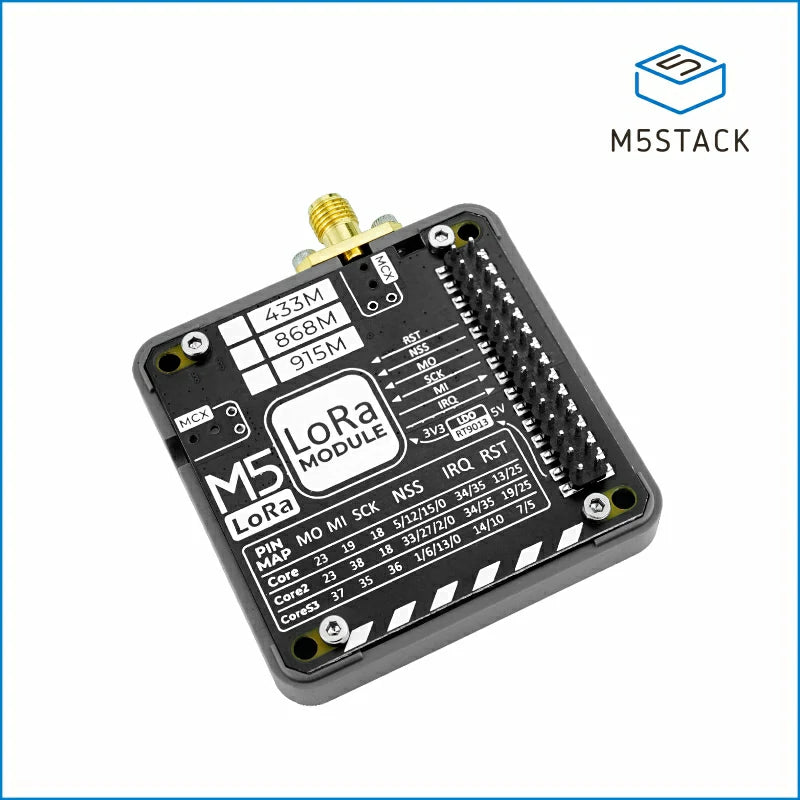
Leave your feedback...